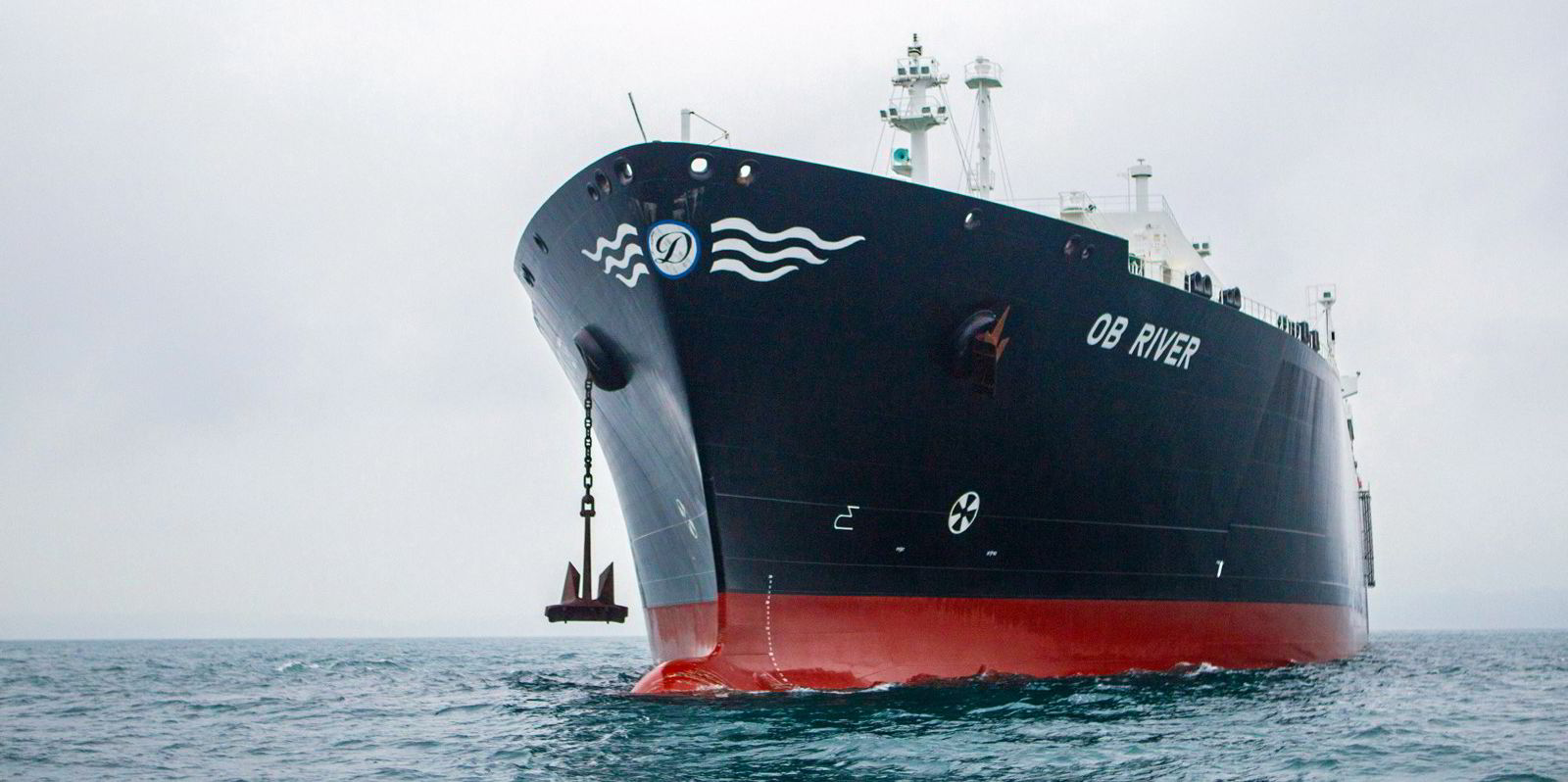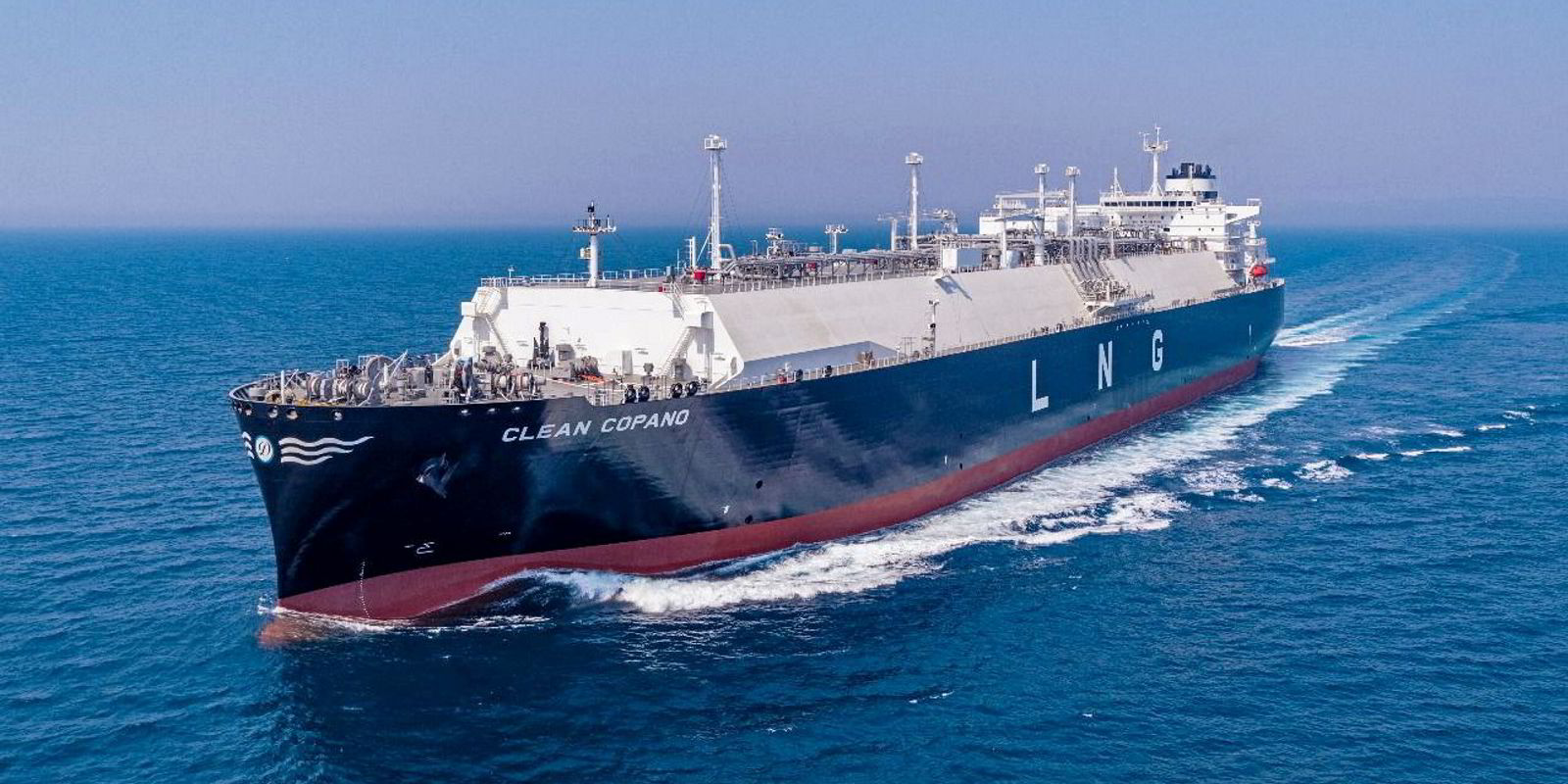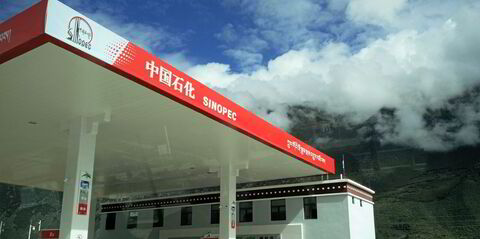US-listed Dynagas LNG Partners has no ships available until 2028 at the earliest after locking in time charters to an incoming US producer this summer.
Speaking on the LNG carrier owner’s very brief results call, chief executive Tony Lauritzen highlighted the company’s fixtures of its 155,000-cbm Arctic Aurora (built 2013) and 150,000-cbm Clean Energy (built 2007) to NextDecade’s 27 million tonnes per annum Rio Grande LNG project in the US starting in 2026.
He detailed that the Arctic Aurora is due to start a charter of around seven years between September and November 2026, at the end of its contract with Equinor.
The Clean Energy is fixed for two years for delivery between March and May of the same year following the end of its charter to SEFE (Singapore), he said.
The charters will add a backlog of around $270m to the company’s existing contracted time-charter backlog.
Lauritzen said that as a result of the deals, all Dynagas’ fleet of six LNG carriers is now fixed through 2027.
He said the earliest contracted redelivery date for any of the company’s vessels is in 2028 when the Clean Energy, 150,000-cbm Amur River (built 2008) and 150,000-cbm Ob River (built 2007) are currently scheduled to end their charters.
Lauritzen and chief financial officer Michael Gregos revealed that the Ob River had undergone “unscheduled dry-docking”, without giving any details.
Gregos said this is expected to be partly covered under the vessel’s hull and machinery insurance, as well as its loss of hire cover.
He said the net effect on the partnership’s results for the quarter is expected to be $.
Gregos said three of the company’s vessels are undergoing their 10-year dry-dockings this year and the installation of ballast water treatment systems. This work has already been completed for the 155,000-cbm Yeneisi River (built 2013), with work still underway on the Arctic Aurora and 155,000-cbm Lena River (built 2013).
Laurtizen said: “The long-term outlook for LNG shipping remains robust.”
He said rates are underpinned by sustained demand for LNG shipping driven by long-term sale and purchase agreements from countries striving to enhance their energy security and mitigate price volatility.




